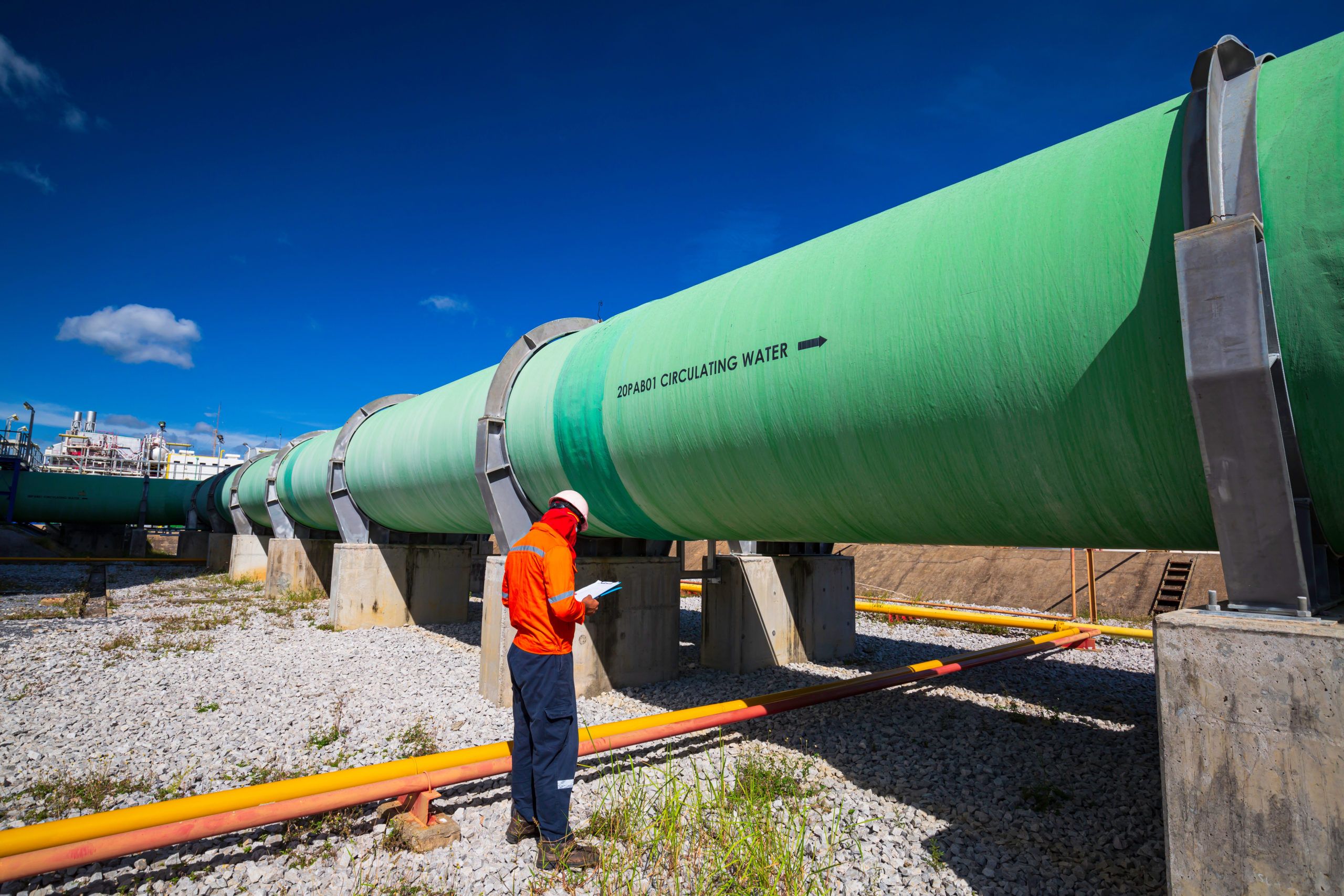Leaders of the Natural Gas Council (NGC) today released an independent, objective and fact-based guide to more than 70 different analyses of methane emissions from natural gas systems. The report, “Finding the Facts on Methane Emissions: A Guide to the Literature,” was authored by ICF International and identifies several recurring findings among the different reports.
“The report identified some commonalities and overarching themes that the Natural Gas Council hopes policymakers will use to inform their decisions on methane released from natural gas systems,” said Dena Wiggins, president and CEO of the Natural Gas Supply Association (NGSA).
“Finding the Facts on Methane Emissions” finds that the methodology used in each of the 75 studies has a large effect on the study’s conclusions. Direct measurement (“ground up”) studies found that a few super-emitter sites represented a disproportionate share of industry emissions; ambient measurement studies (“flyovers”) showed a wide range of results affected by weather and other potential methane sources; and lifecycle analyses showed lifecyle emissions of natural gas to be 40 to 50 percent lower than that of other fossil fuels. The report further noted the important contribution of natural gas to reducing carbon dioxide and other criteria pollutants.
“The goal of this extremely thorough literature review is to dispel some of the confusion that has resulted from the many conflicting studies. These studies used different methodologies and drew different conclusions that might affect the public’s perception of natural gas,” said Don Santa, president and CEO of the Interstate Natural Gas Association of America (INGAA).
In addition to providing a guide to the existing studies of methane emissions from natural gas systems, the Natural Gas Council urged policymakers to remember the important contribution of natural gas in reducing CO2 and other greenhouse gases. ICF chronicled the declining percentage of methane emitted from natural gas systems despite an increase in production and consumption since the 1990s On April 15, the Environmental Protection Agency released its Inventory of U.S. Greenhouse Gases 1990-2014, which shows that emissions from natural gas systems in total have declined by 15 percent since 1990 and have declined by 43 percent per unit of natural gas produced.
“This report is a necessary contribution to the fact-based discussion surrounding our nation’s clean and secure energy future. It adds to the growing body of data that supports natural gas as a foundation fuel, capable of helping us meet our national goals of boosting our economy, improving our environment and increasing our energy security.” said Dave McCurdy, president and CEO of the American Gas Association.
Kyle Isakower, Vice President of Regulatory and Economic Policy for the American Petroleum Institute, said: “Oil and natural gas producers have every incentive to capture and sell methane, and we will continue to make substantial progress to reduce emissions voluntarily. Safe and responsible development of energy from shale has helped America become the world leader in reducing emissions, with carbon dioxide emissions down to near 20-year lows.”
Mark Sutton, president and CEO of the Gas Processors Midstream Association said, “While industry overall continues to decrease its methane emissions even as production has increased, our hope is that this study can be a useful reference tool for policy makers.”
The full report can be downloaded here.







